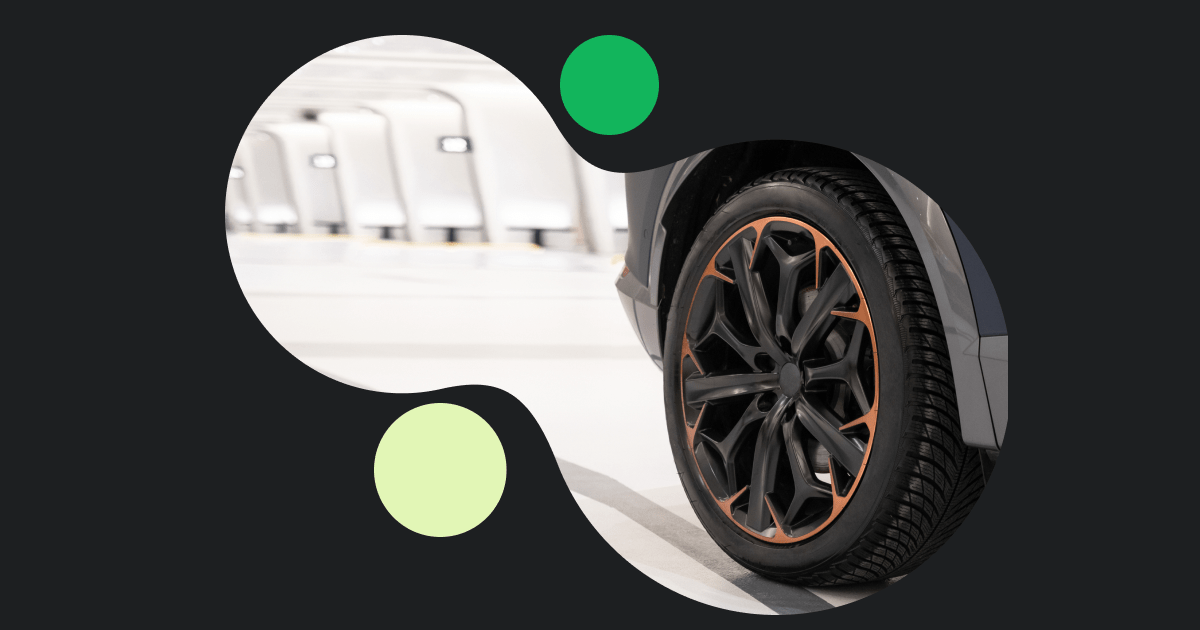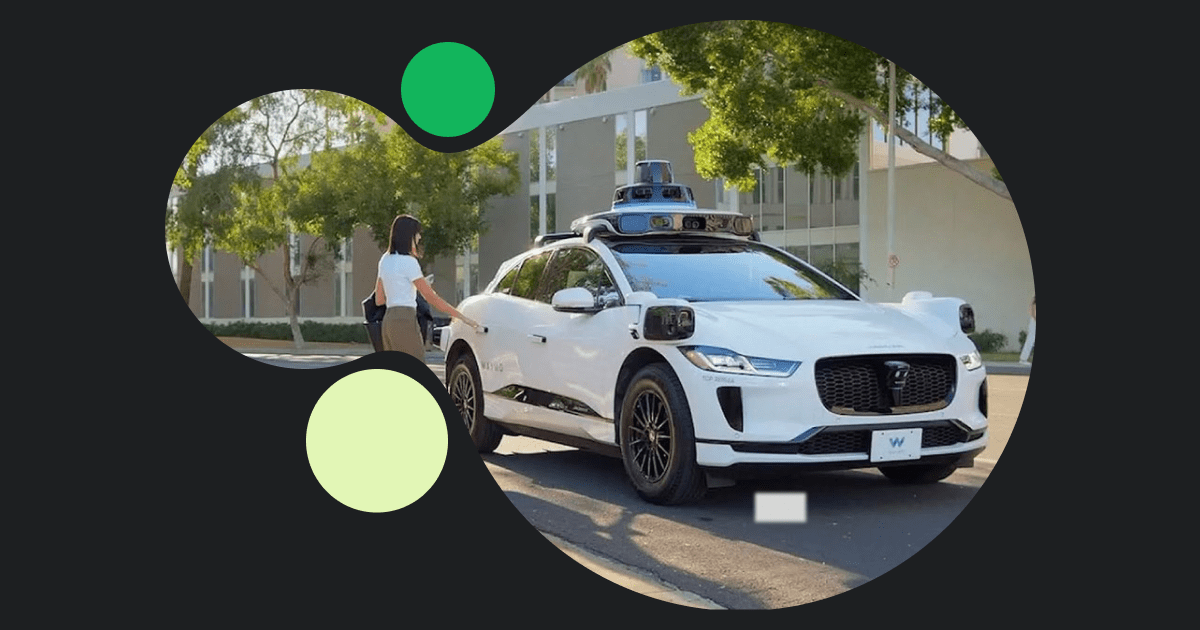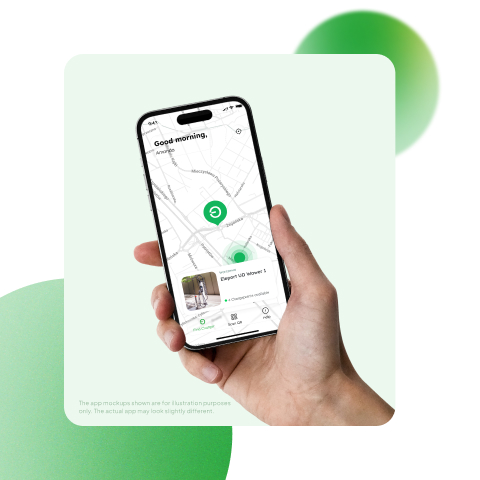Can you charge an EV in the rain? A fair question. We’ve all been taught that electricity and water don’t mix that well.
Instead of hiding the actual answer at the bottom of this article, we’ll give it to you here immediately before we proceed:
Yes, you can charge an EV in the rain — and it’s completely safe.
If you’re curious about why it’s safe and how it’s assured across all types of chargers, we’ve put together a clear overview and charging guide below, along with tackling a few of the edge cases.
Why Charging Is Safe Even If It’s Pouring Rain
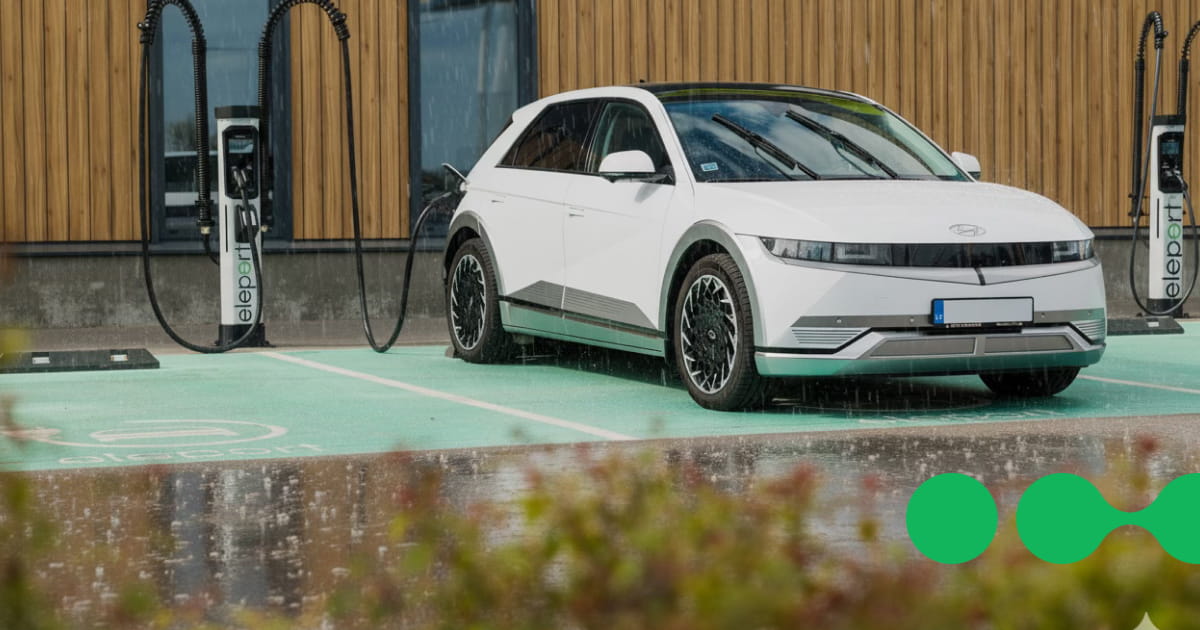
As EV owners, we didn’t buy our vehicles just to use them on sunny days. No, the EVs can actually even be more versatile around harsh weather conditions than ICE. An EV has even driven from the South Pole to the North Pole – literally.
The same goes for charging – whether it’s a mobile charging cable that comes with the car or the public DC charger you use from Eleport, the safety is guaranteed. We are here to say that using your EV, and charging EV in rain or in any weather, really, is completely normal and expected.
The first step when plugging in actually has a safety step built in, which will determine if the electricity even starts flowing after you connect the cable. This is when the car and charger perform a quick “handshake”, a digital communication that ensures the plug is properly connected, grounded, and sealed. This ensures that even if charging EV in rain, a heavy one, you can plug and unplug confidently without sparks or shocks.
There are safety standards that regulate the industry to make sure no bad actors can cause safety issues. Both chargers and connectors have IP (Ingress Protection) ratings, which indicate how well the device is sealed against dust and water.
Most home and public EV chargers are IP54 or higher, which means they can handle dust (the “5”) and are protected against water splashes from any direction (the “4”). The DC public chargers on outdoor installations usually have IP65, IP67, or IP68 ratings, some of which specifically show the protection against heavy water immersion.
What happens when there is a short circuit for any reason? In addition to the weather element protection, there’s also ground fault protection. Also known as residual current devices (RCDs) or ground fault circuit interrupters (GFCIs). These instantly cut power if moisture ever manages to cause a short circuit. This is the same technology that protects your outdoor lights and garden outlets.
The Common Questions Around EV Charging In The Rain
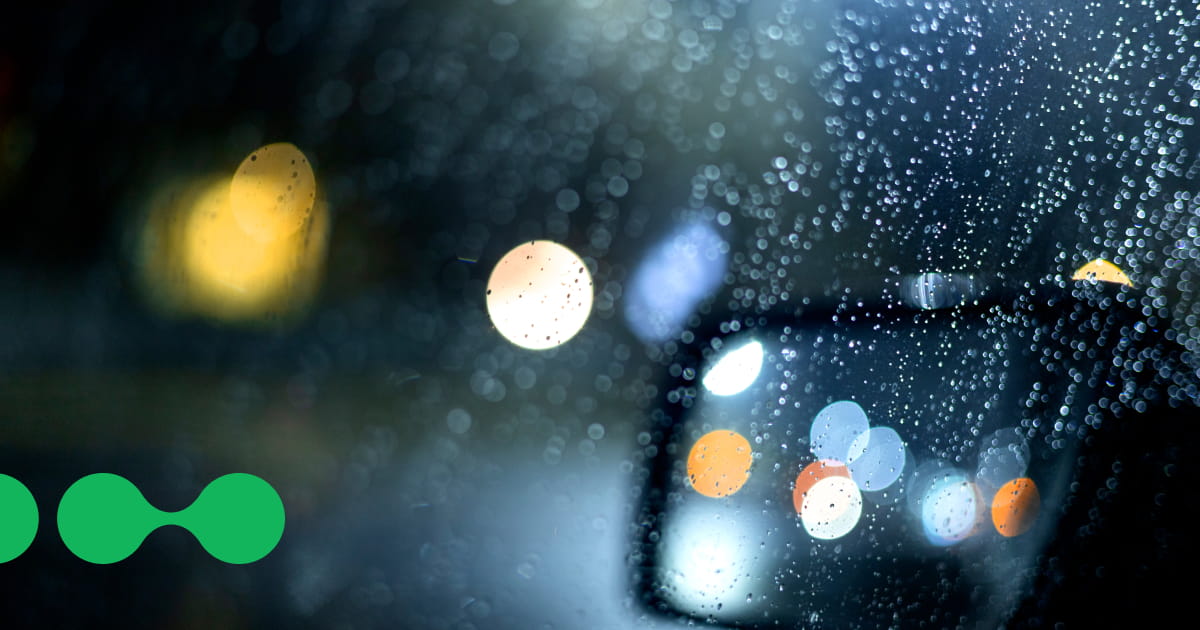
There are a few common myths that we should tackle about charging EV in the rain. Over the years, we’ve heard quite a few:
Is charging in the rain risky?
There’s no real risk involved, unless the equipment itself is faulty. EV charging systems are completely sealed, and the current only begins flowing once a safe connection is confirmed.
In fact, you could splash water directly on the connector, and it would still be fine, although better not to test this. Also, in addition to a ‘yes’ on the can you charge an EV in the rain question, the same goes for snow. Yes, you can charge while it is snowing.
Doesn’t the rain get into the plug?
Not really. Charging connectors (like Type 2 or CCS) are designed to stay watertight. The charging pins are recessed and insulated, and both the vehicle and cable have rubber seals to block moisture.
This means that you can easily leave your charge port door open in the middle of a downpour when charging, and nothing bad should happen.
There are edge cases, however. There have been, in the earlier days of EVs, some specific cases where some connectors in a specific EV model port wear down after hundreds of thousands of kilometers, and the connection is not as watertight as it should be.
In these documented cases, the failsafe, the handshake between the charger and the EV, has proven it works exactly how it should, and the charger displays an error of potential moisture in the system, not allowing the EV charging in rain to start.
What if my charging cable fell into a puddle?
In most cases, even when the cable falls into a puddle, it shouldn’t change whether you can charge EV in rain. If the plug itself isn’t soaking wet and the cable is not damaged, you can easily proceed to plug in without issues.
Should you avoid charging your EV during lightning?
During a thunderstorm, the lightning risk is not about the EV, but rather about where you are during that storm. Whether your car is charging or not, lightning could theoretically strike nearby, but your EV and charger are grounded, which directs that energy safely away. Being in an EV during a thunderstorm is exactly as safe as being in an ICE car.
Theoretically, if we are talking about extremely rare occasions, charging your EV during lightning is safer than using a metal fuel nozzle at a petrol station…
Faulty Equipment Can Increase the Risk
As with any device, even if it is designed to withstand water perfectly and there are several safety layers for redundancy, equipment can fail. Whether it’s from heavy wear or just plain bad design, this can happen.
So next time you ask yourself, “Can I charge my EV in the rain?”, make sure to visually inspect the charging equipment before you use it, and thus don’t leave anything to chance. While rare, the chance of faulty equipment causing something is still there, and the rain can be one of the variables that adds on top of it in such a case.
How Are EV Chargers Made So Weatherproof?
The chargers are weatherproof because they need to be, but let’s take a quick look at some of the how.
First off, not just the outer layers, but every major component of a charger is tested to survive heat, cold, wind, dust, and water. Here are some of the ways it is ensured:
- Sealed casings on the outside and connectors that prevent water intrusion.
- Pressure-equalization vents to handle condensation inside enclosures. That’s more of a product design 101.
- Temperature sensors are used to adjust charging speeds in extreme heat or cold.
- Overcurrent and short-circuit protection that cuts power instantly if something’s wrong.
As for the standards that dictate EV charging equipment sold in Europe, they must comply with IEC 61851 and IEC 62196, which set strict limits on everything from leakage current to insulation. In North America, similar requirements exist under UL 2202 and SAE J1772.
To put it more simply, your EV charger is protected more thoroughly than your smartphone charger, and you can use it under all kinds of environments.
The Automakers and Charging Networks Also Guarantee It
Every major automaker so far confirms that charging EVs in the rain is safe.
Tesla’s owner manual explicitly states that charging can be performed in all weather conditions.
BMW, Hyundai, and VW echo the same: their vehicles and connectors are built to meet IP-rated protection levels and strict safety certifications. In order to sell their EVs, the trust in these systems are a must.
Charging point operators, including Eleport, use equipment that meets or exceeds those standards. Each unit is regularly maintained and tested for ground fault protection and insulation resistance. This ensures both that charging EV in rain is safe. and that the chargers are working consistently, even in some of our regions that experience more rain and snowfall than others.
Verdict: Is It Safe to Charge EV In the Rain?
Yes you can charge your EV in rain.
It’s completely safe, thanks to multiple safety systems that act as redundancies. The snow and cold are also not a problem at all. You might just need to account for a slower charging speed during the colder days.
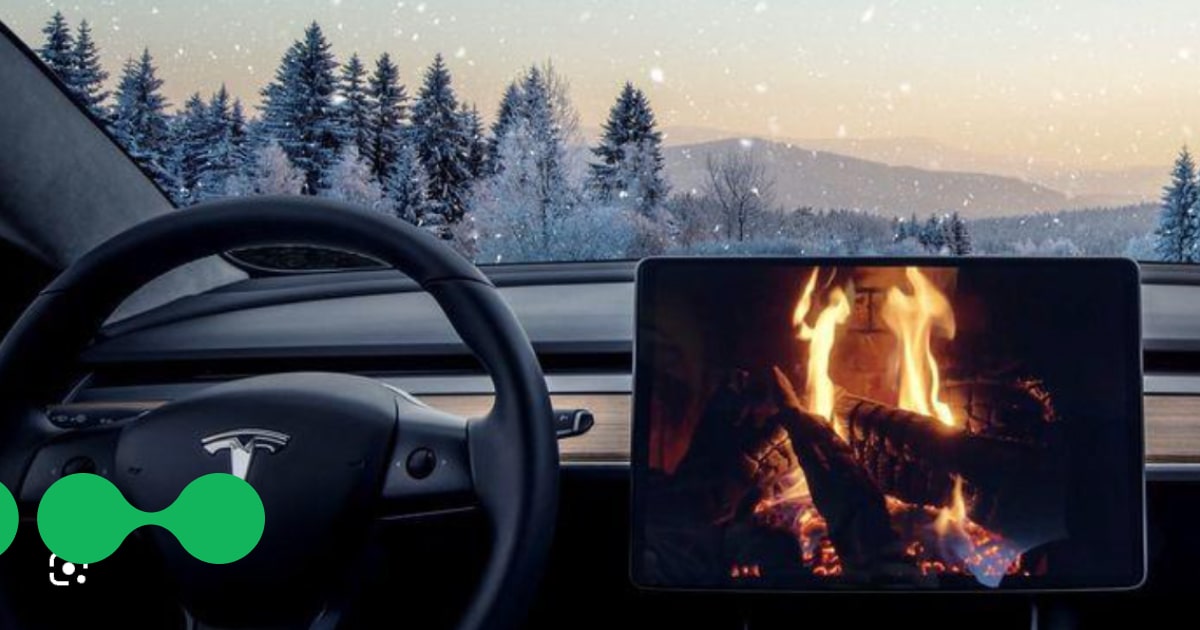
When it’s raining or snowing and you need to plug in, just go for it. We won’t mind if we find you in an Eleport charging station during a downpour and see you enjoy it with some cozy music and the Romance Mode enabled in your EV. Might as well make it an experience!
